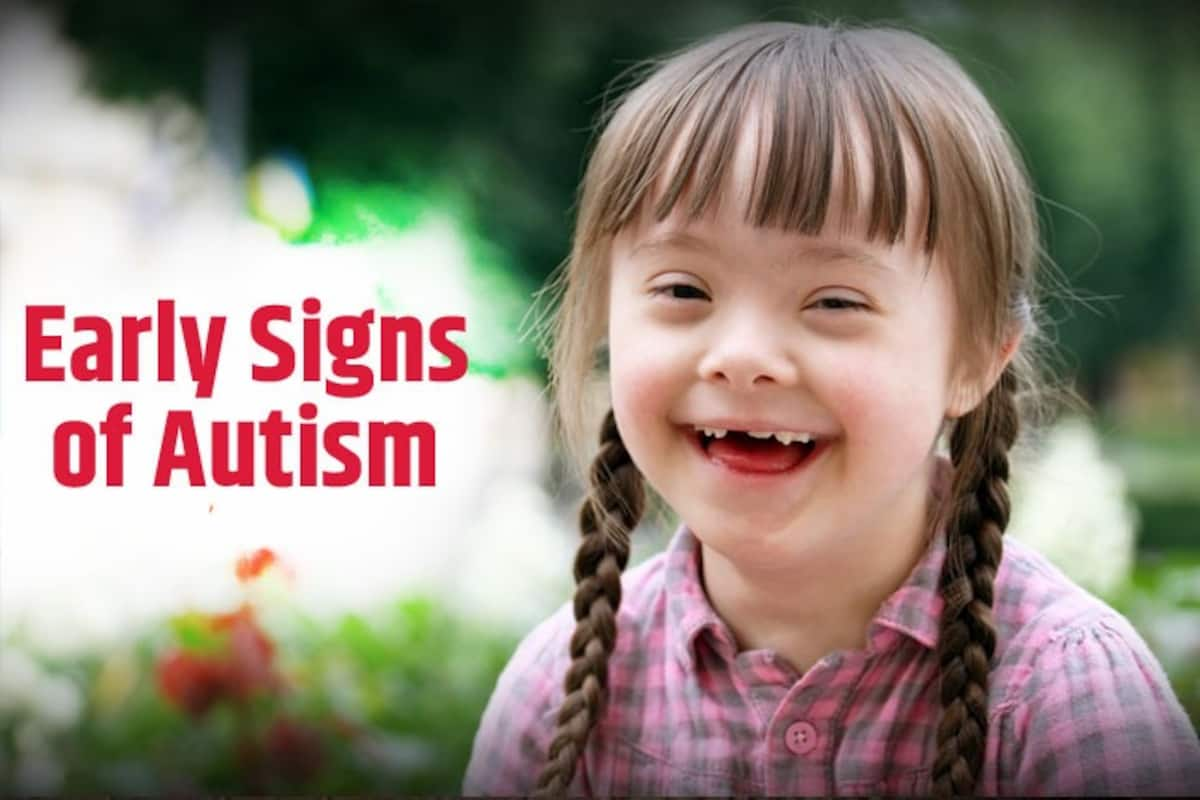Understanding Autism: A Comprehensive Guide to Signs and Symptoms
Autism Spectrum Problem (ASD) includes a vast array of features that can dramatically affect an individual's social communications and daily performance. Recognizing the symptoms and indicators, such as challenges with eye call, social communication troubles, and sensory sensitivities, is vital for early treatment. Understanding these nuances not just aids caregivers and instructors in offering ideal support however additionally fosters a much more comprehensive environment for people with ASD. As we discover the complexities of autism, it ends up being vital to think about exactly how these signs manifest in different ways across the spectrum and what effects they hold for reliable intervention techniques.
Overview of Autism Spectrum Disorder
Defining Autism Spectrum Disorder (ASD) involves recognizing it as a complex neurodevelopmental condition characterized by a series of difficulties in social interaction, communication, and behavioral patterns. The term "spectrum" reflects the wide irregularity in signs and symptoms and their extent, which can vary dramatically from one person to one more. ASD normally shows up in very early youth, although some individuals may not receive a diagnosis until later on in life.
Variables affecting the advancement of ASD include ecological elements and genetic proneness, although the specific causes remain under examination. Medical diagnosis commonly relies upon behavioral analyses, as there are no conclusive medical examinations for ASD. Early treatment is essential and can significantly boost results, concentrating on boosting communication skills, social communications, and adaptive actions.
People with ASD may additionally display unique toughness, such as exceptional interest to detail or details areas of knowledge. Understanding the diverse nature of ASD is important for cultivating a comprehensive environment that suits neurodiversity. Continued study is important for creating efficient interventions and support group, enabling people with ASD to thrive and meet their prospective within culture.
Typical Signs of Autism
Identifying the common indicators of Autism Spectrum Problem (ASD) is important for very early identification and treatment. These signs can differ widely in extent and presentation, yet certain attributes are regularly observed in people with ASD.
One of the most widespread indicators is a significant trouble in maintaining and establishing eye get in touch with. People might also exhibit limited interest in social interactions and show a preference for singular play.
Sensory level of sensitivities are additionally usual; people might panic or underreact to sensory stimuli, such as lights, sounds, or textures. autism. Language advancement can be atypical, with some children showing postponed speech or utilizing language in unusual ways, consisting of echolalia-- duplicating expressions or sentences heard elsewhere
It is vital to keep in mind that not every person with ASD will display all these indicators, and the degree of these behaviors can vary substantially. Early acknowledgment enables prompt assistance and resources, enhancing the top quality of life for those on the spectrum.
Social Communication Obstacles
Social communication challenges are a hallmark of Autism Range Condition (ASD), impacting a person's capability to engage properly with others. These problems can manifest in numerous methods, including obstacles in initiating and keeping discussions, understanding social signs, and responding appropriately in social communications.
Individuals with ASD might struggle with nonverbal interaction, such as eye get in touch with, faces, and body language. This can bring about misconceptions, as their communicative intent may not be appropriately translated by others. Furthermore, they might discover it difficult to comprehend the nuances of tone and context, which are crucial for efficient interaction.
In team settings, people with ASD may feel overloaded and may not recognize how to sign up with in discussions (autism). They may additionally exhibit atypical conversational patterns, such as monologuing concerning specific rate of interests without identifying social reciprocity
Furthermore, these obstacles can lead to social seclusion or difficulties in creating connections, as peers might misunderstand their behavior or interaction design. Understanding these social interaction obstacles is essential for promoting helpful settings that advertise social abilities growth and boost the quality of interactions for individuals on the autism spectrum.
Sensory Sensitivities and Actions
Several people with Autism Range Problem (ASD) experience click resources heightened sensory sensitivities that can significantly impact their lives. These sensitivities may manifest as over-responsiveness or under-responsiveness to sensory stimuli, consisting of audios, lights, appearances, preferences, and scents. As an example, an individual with ASD may discover daily noises, such as a vacuum or crowded environments, extremely traumatic, bring about anxiousness or disasters. Alternatively, some may show an indifference to discomfort or severe temperatures, which can position safety concerns.
Sensory processing distinctions in individuals with ASD can additionally impact their ability to take part in social interactions and regular activities. A kid that is sensitive to touch might resist physical love or avoid specific clothing materials. Alternatively, a choice for certain appearances or tastes can restrict nutritional choices and develop challenges throughout mealtimes.
Understanding these sensory level of sensitivities is crucial for recognizing the distinct experiences of people with ASD. Recognition of their sensory accounts can foster better communication and support methods, developing a setting that accommodates their needs and enhances their lifestyle. Eventually, recognizing sensory level of sensitivities is an essential part of comprehending the broader spectrum of autism.

Sustaining Individuals With Autism
Efficient assistance for individuals with Autism Spectrum Problem (ASD) is essential for improving their total well-being and promoting freedom. Support techniques must be customized to meet the distinct demands of each go to this site person, considering their strengths and difficulties.

Social skills training can also play an essential duty. autism. Involving people in group activities or role-playing scenarios can improve their capability to browse social communications. In addition, it is important to inform family members, caretakers, and peers regarding ASD to cultivate a comprehensive and encouraging area
Conclusion
To conclude, a thorough understanding of Autism Spectrum Disorder is vital for identifying its symptoms and signs. Early identification of common attributes, such as social communication difficulties and sensory sensitivities, allows educators and caregivers to apply reliable treatments. By promoting enhanced communication and social skills, people with autism can browse their atmospheres much more successfully. Ultimately, raised recognition and assistance can considerably enhance the lifestyle for those influenced by ASD.
Autism Spectrum Problem (ASD) includes a wide array of qualities that can significantly influence an individual's social communications and everyday performance.Individuals with ASD might have a hard time with nonverbal communication, such as eye get in touch with, facial expressions, and body language.Lots of individuals with Autism Range Disorder (ASD) experience enhanced sensory sensitivities that can dramatically impact their day-to-day lives.Sensory processing distinctions in individuals with ASD can likewise influence their capability to involve in social interactions and regular tasks.Comprehending these sensory level of sensitivities is vital for identifying the distinct experiences of people with ASD.